What is the tolerance range of precision screws?
What is the tolerance range of precision screws?
Service Hotline
+86760-8787 8587We have more than ten years of production experience in the screw industry. The main products are: wear-resistant spacer studs, slotted countersunk head screws and bolts, injection molded copper nuts for embedded parts, claw nuts, expansion screws and bolts, PWM bolts with flat washers, bridge frame Shelf bolts, flat head rivet nuts, crown screw nuts, pin GB882 screws, 10.9 galvanized screws, hexagonal non-slip screw caps with pads, letter screw rivets, hook expansion bolts, copper-plated rivets and other fasteners, due to product material and specifications Each is different and the price is also different, please contact us if you need it.


According to the force of the connection, it is divided into ordinary and hinged holes. According to the shape of the head: there are hexagonal head, round head, square head, countersunk head and so on. Among them, the hexagonal head is the most commonly used. Generally, countersunk heads are used where connections are required. [1] The English name of the riding bolt is U-bolt. It is a non-standard part. The shape is U-shaped, so it is also called a U-bolt. There are threads on both ends that can be combined with nuts. It is mainly used to fix tubular objects such as water pipes or sheets such as The leaf spring of a car is called a horse-riding bolt because it fixes the object in the same way that a person rides on a horse. According to the length of the thread, it is divided into two categories: full thread and non-full thread. [2] According to the thread type, it is divided into two types: coarse thread and fine thread. The coarse thread is not displayed in the bolt mark. The bolts are divided into eight grades: 3.6, 4.8, 5.6, 6.8, 8.8, 9.8, 10.9, and 12.9 according to their performance grades. Among them, the bolts above grade 8.8 (including grade 8.8) are made of low-carbon alloy steel or medium-carbon steel and are heat-treated (quenched). + Tempering), commonly known as high-strength bolts, and below grade 8.8 (excluding 8.8) are commonly known as ordinary bolts. [2] Ordinary bolts can be divided into three grades: A, B, and C according to the production accuracy. Grades A and B are refined bolts, and grade C is rough bolts. For connecting bolts for steel structures, unless otherwise specified, they are generally ordinary rough grade C bolts. There are differences in the processing methods of different grades. Usually the corresponding processing methods are as follows: ① The bolts of grade A and B bolts are processed by lathes, with smooth surfaces and accurate dimensions. High, rarely used; ②C-grade bolts are made of unmachined round steel, the size is not accurate enough, and its material property grade is 4.6 or 4.8. The deformation is large during shear connection, but the installation is convenient and the production cost is low. It is mostly used for tensile connection or temporary fixation during installation. [2]
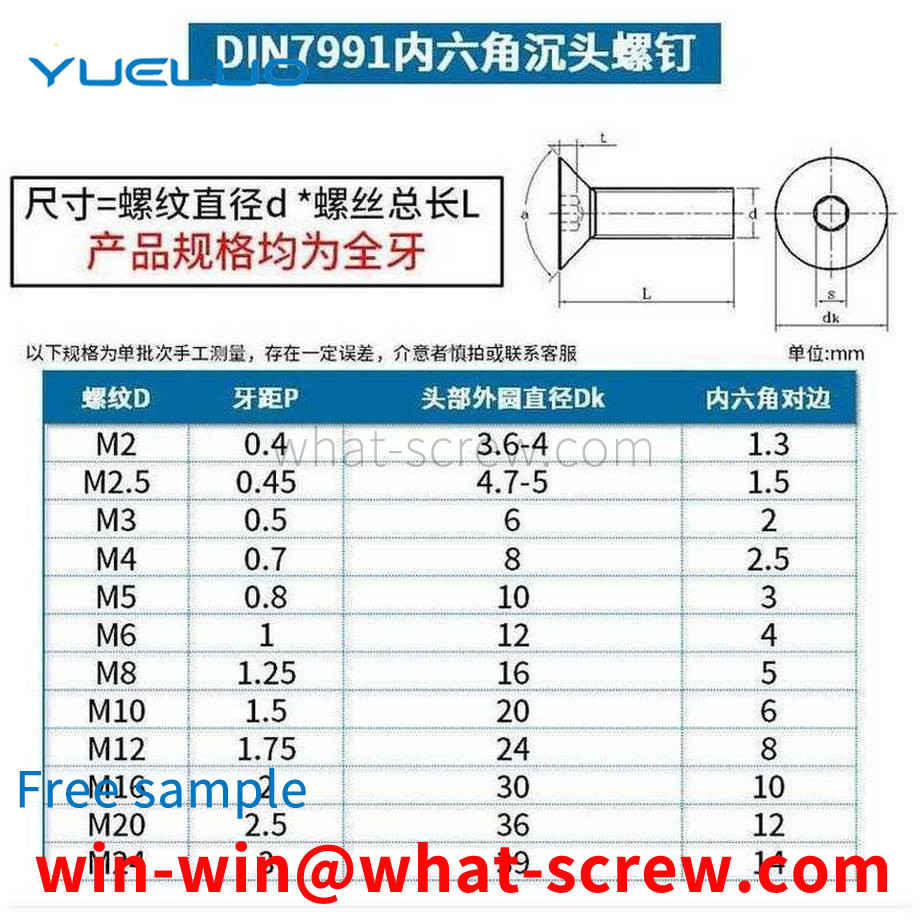
Stainless steel screw wire is also called stainless steel cold pier wire, which is mainly used for various fasteners, such as mechanical parts, electronic application parts, etc. Corresponding anti-corrosion properties and mechanical properties can be obtained according to different materials. In order to obtain a better formability during cold forging, choose high quality. The appropriate material of the wire is particularly important.
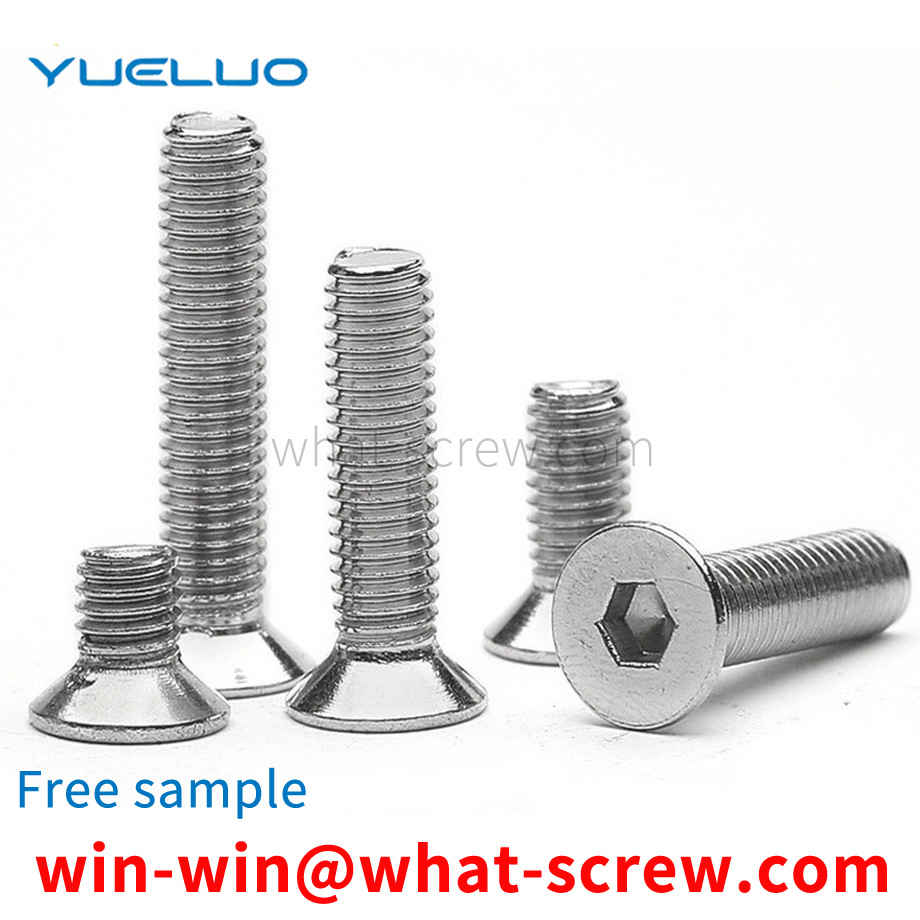
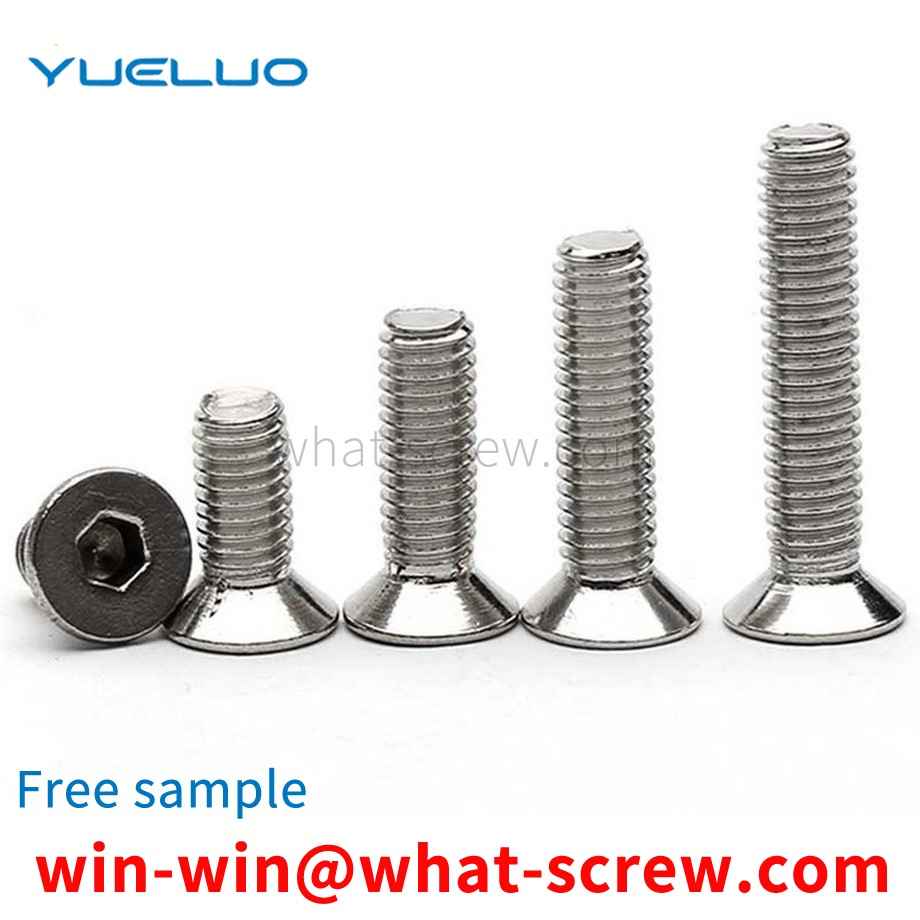
Guangdong Yueluo Hardware Industry Co., Ltd. discloses a rivetless rivet, which includes a nail body and a mandrel, wherein one end of the nail body is provided with a nail body brim, and the nail body brim is provided with a nail body. A coaxial counterbore, the nail body is provided with a through hole coaxial with the nail body, the counterbore is communicated with the through hole and its diameter is larger than the diameter of the through hole, and one end of the mandrel is provided with a mandrel cap The other end is provided with a clamp head, and the end is provided with an elastic groove for retracting the clamp head inward or opening it outward. The clamping head on the core is clamped on the boss formed by the countersunk hole and the through hole. The above-mentioned rivet-free rivet is not only simple, compact and reasonable in structure; riveting is simple and does not require professional tools and equipment; and it is easy to disassemble after riveting, can be reused, has a wide range of applications, and is reliable and stable in connection.
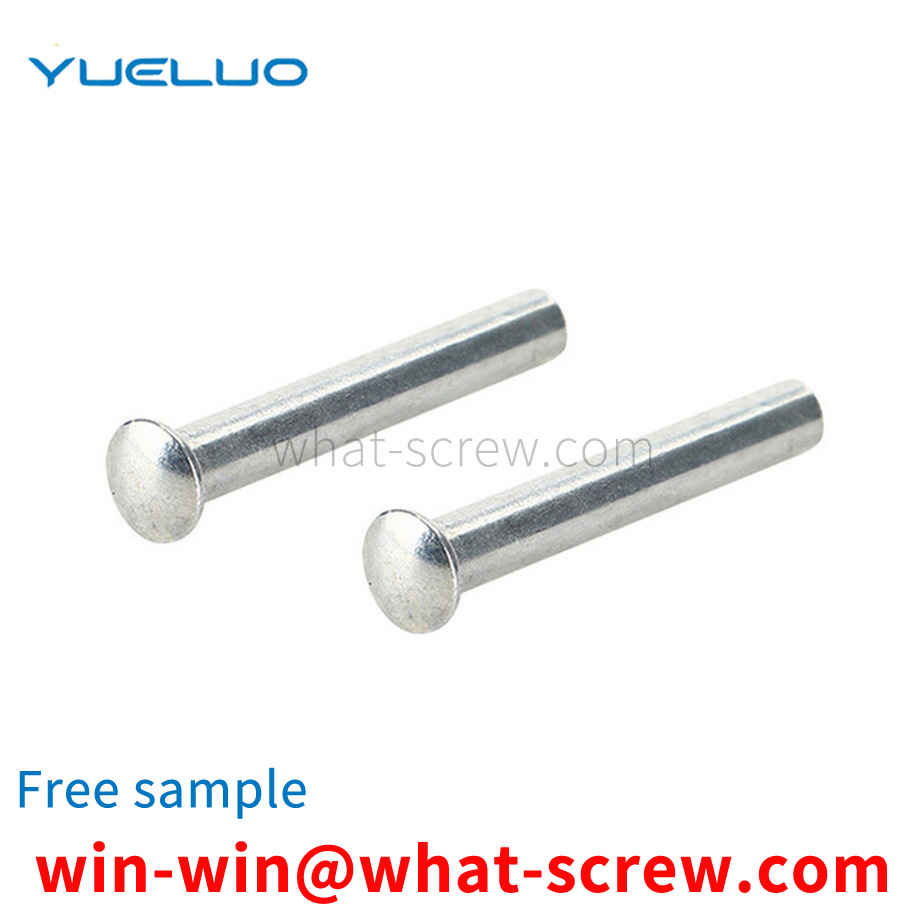
In recent years, more fasteners have been used in rivet nuts, which have replaced some existing welding methods to a certain extent. Rivet nuts are a way to join some difficult-to-weld equipment and other components. The use of rivet nuts requires rivet nut equipment (manual rivet nut equipment, etc.). Matters needing attention before using manual rivet nut equipment. 1. First, make sure the nozzle screws are properly assembled. According to the size of the rivet nut, select the appropriate equipment and rivet bolt. Every connecting part is not secure. 2. Confirm the deformation length or displacement of the rivet nut, and then leverage the long angle. 3. The scale ring of the rivet nut equipment is used to adjust the rivet stroke, which can be adjusted freely as needed. When adjusting the length of the rivet bolt, open the two handles and adjust the device head sleeve. The rivet bolts are exposed for a length slightly greater than the length of the rivet nut, which will eventually adjust the nut and device sleeve.
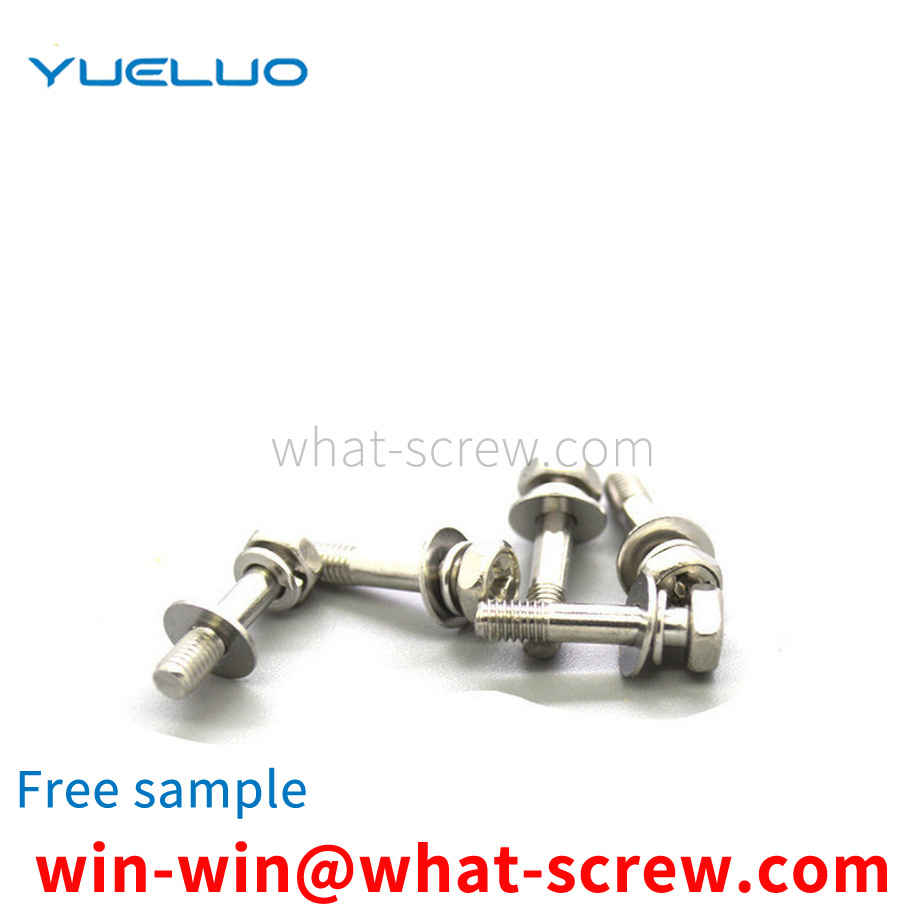
The above content is uploaded by Yueluo or the Internet. If there is any copyright issue, please contact [email protected].

What is the tolerance range of precision screws?

How to choose the right stainless steel screw manufacturer?

Why is there an R angle under the head of the hexagon head s...

We have more than ten years of production experience in the ...

We have more than ten years of production experience in the ...

We have more than ten years of experience in screw industry ...

We have more than ten years of experience in screw industry ...